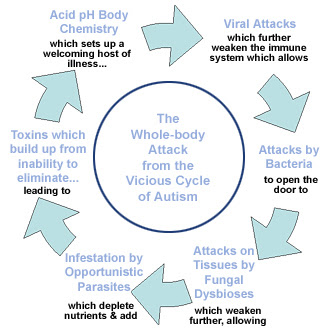The Montessori 0-3 Program
Over fifty years ago Dr. Montessori realized that working with children older than three was too late to have the most beneficial effect on the life of a human, and she initiated what was to become a two-year, full-time, course for adults living or working with children from birth to three years of age.
This Assistants to Infancy course is attended by parents, birth and early childhood professionals, Montessori teachers, administrators and teacher trainers from around the world and a graduate is awarded an AMI (Association Montessori Internationale) diploma. It consists of almost eight hundred hours of lectures, material making, and observations, plus homework, readings and papers. It counts for the major part of a Masters degree in education from Loyola College in Baltimore. For more information on a USA course, contact: The Montessori Institute, 790 Washington Street #704, Denver, CO 80203. or go to The International Montessori Index, www.montessori.edu.
Educational Materials for 0-3
A sparse environment of carefully chosen materials calls the child to work, concentration, and joy. A crowded or chaotic environment can cause stress and can dissipate a child's energy.
Before the age of six, a child learns from direct contact with the environment, by means of all the senses, and through movement; the child literally absorbs what is in the environment. The toys and materials in the home and school should be of the very best quality to call forth self-respect, respect and care from the child toward the environment, and the development of an appreciation of beauty.
Montessorians are very cautious about allowing children to be guinea pigs for the use of new inventions, and in the long history of humans on earth, both computers and televisions are very recent inventions. We are finding out that even such relatively simple objects as pacifiers and walkers get in the way of optimal and healthful development, and recent brain research reveals to us that computers and television may have far more negative influences on our children's development than positive. They affect the child so much more because of the inordinately large amount of time spent in front of them in some situations.



























